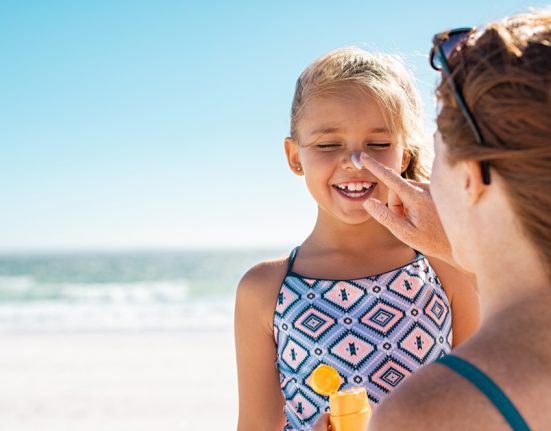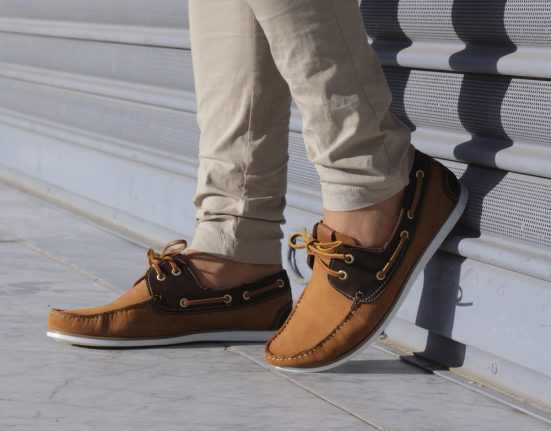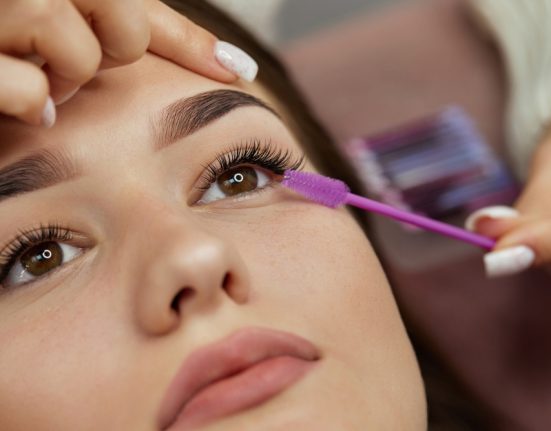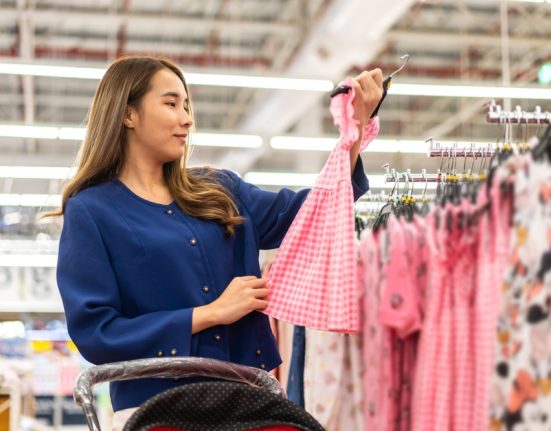Not all money-saving heating solutions are safe for infants. We ask the experts how to save money, stay safe and keep warm this winter
As temperatures tumble and fuel bills soar, you may be looking for cost-effective ways to keep your child warm. But what works for you might not be safe for your baby.
Kate Holmes of The Lullaby Trust, and Ashley Martin, public health advisor for RoSPA (the Royal Society for the Prevention of Accidents), reveal the tricks to avoid this winter if you’re trying to stay warm without whacking up the thermostat.
We also share some of the safe ways to keep your baby comfortable in the cold and explain how to check your baby’s temperature.
1. Don’t give your baby a hot water bottle
A hot water bottle might seem like a frugal way of warming your baby up, but if you use one you’ll be running the risk of making them too hot or even burning them.
Babies’ fragile skin burns deeper and more quickly than adult skin, and at lower temperatures too. So even a bottle with a cover could be hot enough to cause serious damage. As such, you should never use one for babies under 12 months old.
RoSPA’s Ashley Martin recommends avoiding microwaveable wheat bags, too. ‘These are more for adults and shouldn’t be left where young children can come into contact with them,’ he says.
Wheat bags can reach high temperatures, which may result in burns if they’re used to warm a bed. The grain in the pack could still be heating up after you’ve microwaved it and, if placed under bedding, could potentially start a fire, too.
What to do instead
Dress infants properly for bed so they’re already warm when you put them down to sleep. This means a vest and a sleepsuit with long legs and sleeves, followed by a baby sleeping bag, which should be chosen according to room temperature and not the outdoor temperature.
If the nursery temperature is between 14°C and 16°C, use a 2.5-tog sleeping bag with a vest and a sleepsuit or a 3.5-tog with just a sleepsuit. If it’s under 14°C use a 3.5-tog sleeping bag with a vest and a sleepsuit.
2. Don’t use a cot bumper
You might be tempted to use a cot bumper to stop draughts coming through the bars, but cots are specifically designed so that air can circulate freely to aid a baby’s breathing. A bumper can stop this happening.
There have also been a number of cases in the UK and abroad where infants have become tangled up in the material or the ties or have fallen when pulling themselves up on the bumpers.
Even though cot bumpers, whether padded, meshed or vented, are freely available to buy in the UK, the advice from The Lullaby Trust is to not use one, because ‘the safest cot is a clear cot’.
What to do instead
If the room is draughty, insulating windows and doors, installing a draught excluder and hanging insulating curtains can all prevent heat loss.
3. Don’t use electric blankets
Electric blankets for babies under 12 months are a definite ‘no’. An infant’s skin is very sensitive to heat and could be scalded by temperatures that are comfortable for an adult.
Although RoSPA isn’t aware of electric blanket injuries specifically involving children over 12 months, it still suggests parents use them with caution.
Ashley Martin of RoSPA says: ‘Concerns would be that children could overheat or that older and/or faulty blankets might be used that can lead to burns or fires.’
What to do instead
Unfortunately, there is no alternative to an electric blanket for children under 12 months old.
You should also avoid using an electric blanket with an older child if they still wet the bed or they’re able to use the controls themselves, as they could turn the heat up too high.
4. Don’t leave a portable heater on at night
A portable heater might seem like a convenient solution on a cold winter’s night, but the NHS says all-night heating for your baby is ‘rarely necessary’ because infants don’t need hot rooms. You should be aiming for a room temperature between 16°C and 20°C, regardless of the temperature outside or stated on the weather forecast.
What to do instead
Consider keeping your central heating on at a low temperature (around 20°C) for all or part of the night. Don’t position the cot next to a radiator though: your baby could overheat or burn, plus radiators are often put underneath windows, where there may be blind cords.
If this isn’t possible, a portable heater could be used briefly to boost the room temperature to between 16°C and 20°C before your baby is put to sleep. But it should be switched off and removed from the room once they’re put to bed.
If you’re worrying about them being cold while they’re sleeping in their own room, move them into the same room as you so you can gauge for yourself whether the room temperature is too low.
5. Don’t put a duvet on your baby
Babies easily overheat, so when they’re under 12 months of age, avoid duvets and other bulky bedding, such as quilts, pillows, sleep positioners, weighted blankets or weighted sleeping bags.
Kate Holmes says: ‘We know that the colder months can be difficult for families, and we understand it can be tempting to wrap your baby up to keep them warm while they sleep. However, we know that overheating increases the chances of sudden infant death syndrome (SIDS) and research shows that it’s better for babies to be cooler rather than too hot.’
What to do instead
Use light layers or light blankets rather than a bulky duvet. These make it more difficult for your baby to overheat, and you can also remove them quickly and easily if your baby gets too hot.
Don’t use blankets with a baby sleeping bag though, and remember that a baby blanket is the equivalent of one tog; once folded it doubles the rating to two tog.
6. Don’t choose the wrong baby sleeping bag
A baby sleeping bag may help to give your little one a comfortable night’s sleep this winter, but be careful to choose one that’s safe.
If the neck opening is too wide and the item doesn’t have shoulder straps, your baby could slip down into the bag. If it has excess material or a hood this could also increase the risk of suffocation.
Baby sleeping bags shouldn’t be used until your baby weighs 8.8lbs or 4kg.
What to do instead
Make sure you choose the correct tog. The colder the room, the higher-tog sleeping bag you need (tog is a measurement of how thermally insulated a product is). The tog value must be clearly marked and the correct tog rating used to avoid overheating.
Don’t forget to stay safe when co-sleeping
If you’re concerned that your baby might be cold, bringing them to sleep with you may feel natural. But there are situations in which it will be unsafe:
- You smoke or you’re on certain medication If you or your partner smokes (even if it’s not in the bedroom) or have drunk alcohol or taken drugs or medications that may make you drowsy prior to sleeping.
- Your baby was born prematurely (Before 37 weeks) or at a low weight (2.5kg or 5.5lbs or less)
- You’re sleeping with them on a sofa or armchair as this can increase the risk of SIDS by 50 times.
What to do instead
If none of the above applies and you’re safe to co-sleep, put your little one in a baby sleeping bag rather than under your covers to avoid them overheating or having their breathing obstructed by loose covers.
Don’t allow older children or pets to sleep alongside young babies. They may increase the risk of suffocation or overheating, or the baby may even get trapped, squashed or fall out of bed.
How to know if your baby is too hot or too cold
- Struggling to sleep. If your baby is struggling to settle or wakes unexpectedly (for example, in the night but not when a feed is due), check if they’re too cold. Do this by feeling the back of their neck or chest to see if it’s cold to the touch.
- Don’t go by how cool their hands or feet feel Their circulatory system is still developing so they often have cooler extremities than older children or grown-ups, so this isn’t a reliable way of monitoring their temperature.
- Use a thermometer If you’re still unsure after checking the room temperature, you’ve dressed them properly for bed and you’ve felt the temperature of their skin, use a thermometer. The NHS says normal body temperature in babies and children is around 36.4°C (97.5F), although this can vary slightly.
- Remember, babies can get hot while they sleep, too The back of their neck or their chest will feel hot and sweaty and you may notice they have flushed cheeks and are sweating around the hairline. Remove a layer of bed clothes or bedding to try and cool them down.
What to do if you can’t afford heating
There are rules in place that mean over winter (October to March) a supplier cannot disconnect a domestic property if it has people under the age of 18 living there.
Not only that but energy companies that are signatories to the Energy UK vulnerability commitment will not disconnect a domestic household that has children under the age of six at any time of year (there are currently 11 of these, including British Gas and Octopus).
Ofgem told Which?: ‘Your supplier can offer you specialised support through the Priority Services Register (PSR) if you have a young child. This includes additional support in emergencies or increased communications.’
It added that suppliers must also take reasonable steps to identify if a customer has self-disconnected and provide appropriate support. This includes support credit to customers who have self-disconnected where it is in the customer’s best interest and/or where the customer is in a vulnerable situation.







